Screen idol: Hiroshi Sugimoto’s serene series of theatres is worth looking up to
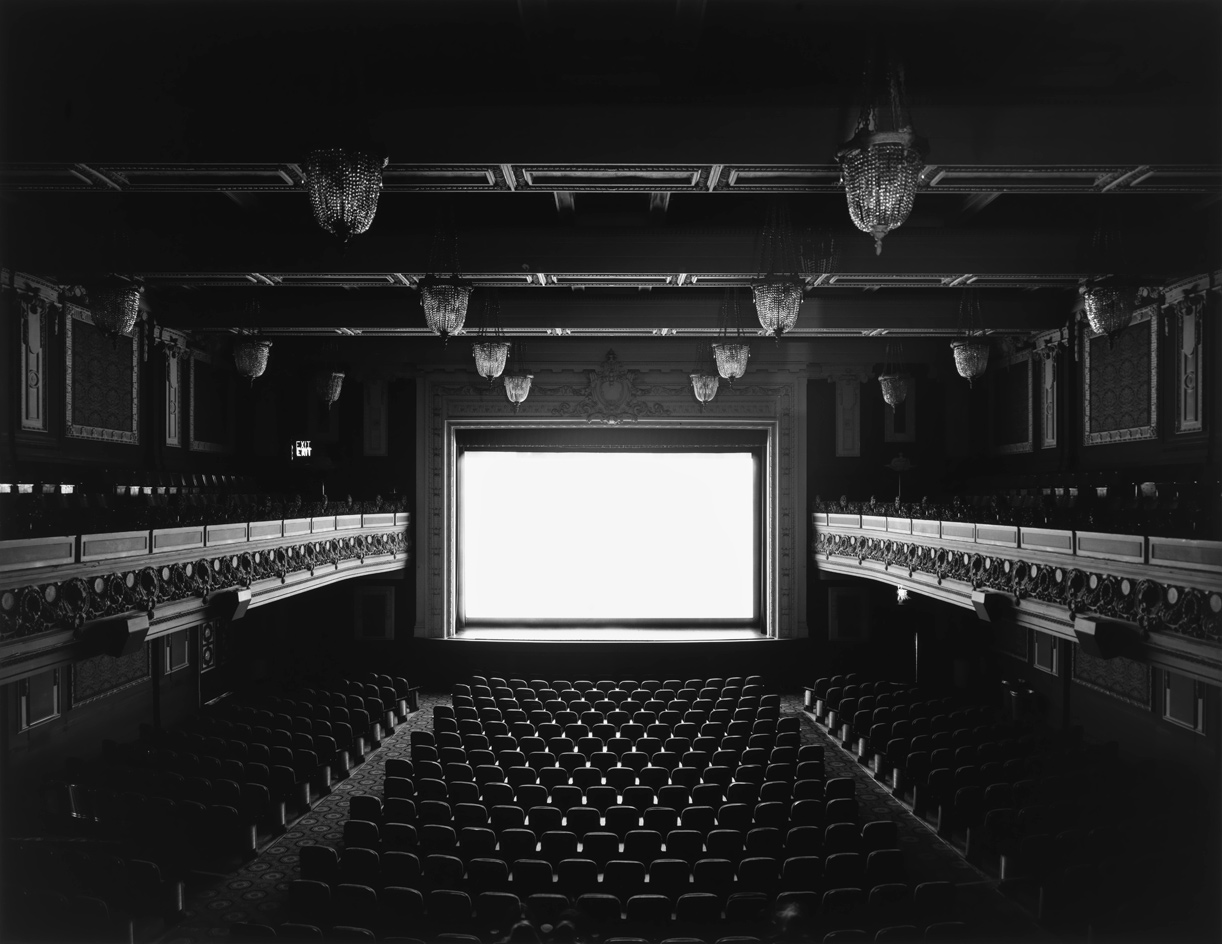
It takes a rare sort of curiosity to devote a lifetime to a single project. But it was this ‘sense of vocation’ that spurred Japanese photographer Hiroshi Sugimoto to capture theatres around the world for nearly four decades.
Sugimoto began work on his Theaters series when he was just 28 years old. Forty years later, he finds himself revisiting his earlier photographs – and by extension, his younger self – for a new book celebrating this body of work, published by Damiani Editore in collaboration with Matsumoto Editions.
Using a large-format camera and no light source other than the projection of the running movie, Sugimoto captures an entire film in one starkly serene still. Each full-length feature film renders as a brilliantly luminous white box, gently coaxing out the architectural details of each space in the artist's characteristically masterful use of monochrome.
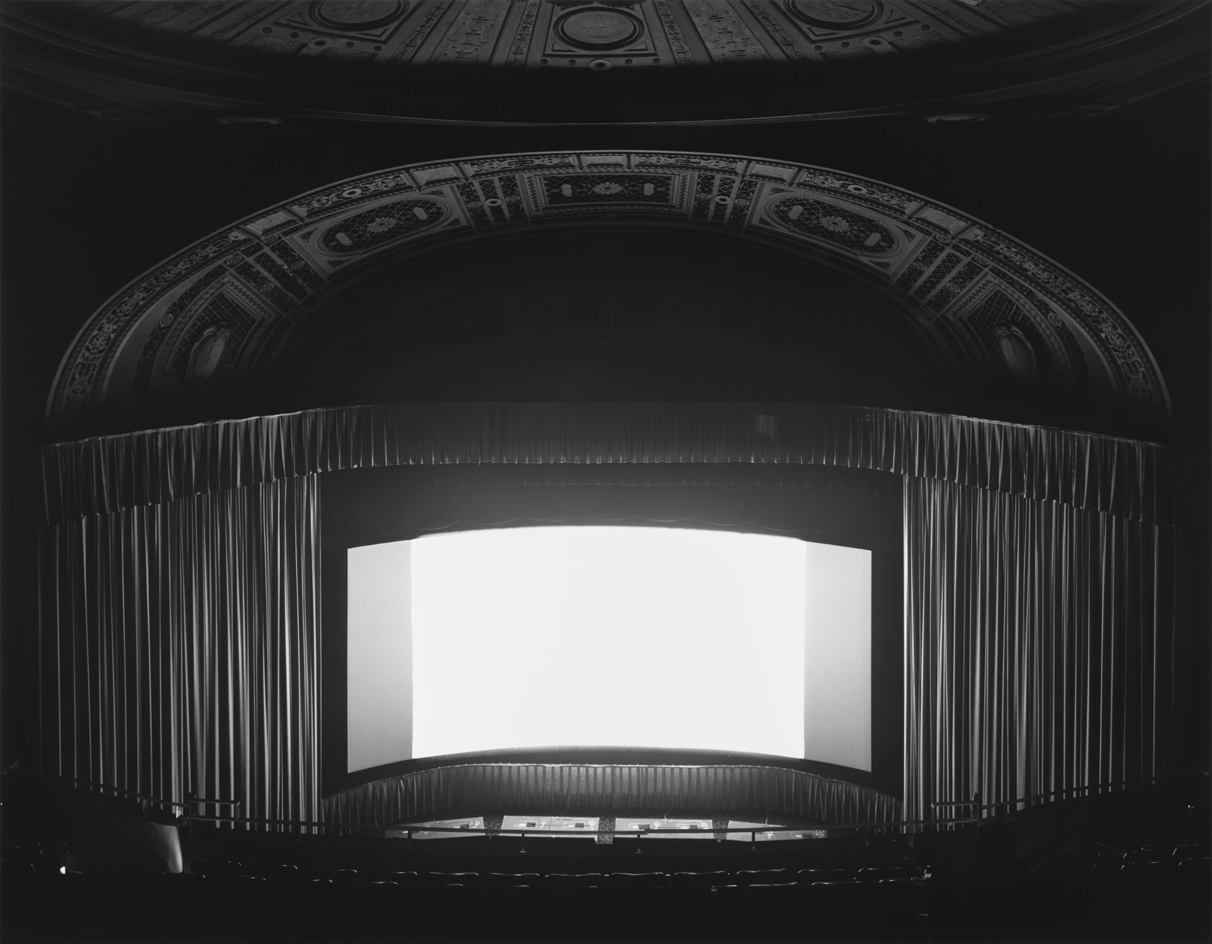
UA Rivoli, New York, 1977
‘I wanted to photograph a movie, with all its appearance of life and motion, in order to stop it again,’ the artist explains in the book’s foreword. ‘My dream was to capture 170,000 photographs on a single frame of film. The image I had inside my brain was of a gleaming white screen inside a dark movie theatre.’
The book, too, is worthy in its own right as a fascinating and simply beautiful catalogue of theatre architecture. Sugimoto leads with classic American movie palaces built in the 1920s and 30s. Ornate and stoically majestic, they embody the pinnacle of Hollywood's Golden Age. The 1990s saw the artist cruising through drive-ins; IMAX screens dominate later, strangely alien and imposing in their scale.
More recently, Sugimoto has circled back to the film industry’s romantic prime, capturing historic theatres in Europe as well as turning his lens on abandoned venues. He imagines the works to ‘be the embodiment or manifestation of something awe-inspiring and divine’. Certainly, the artist’s heavenly interpretation of these architectural spaces is worth looking up to.
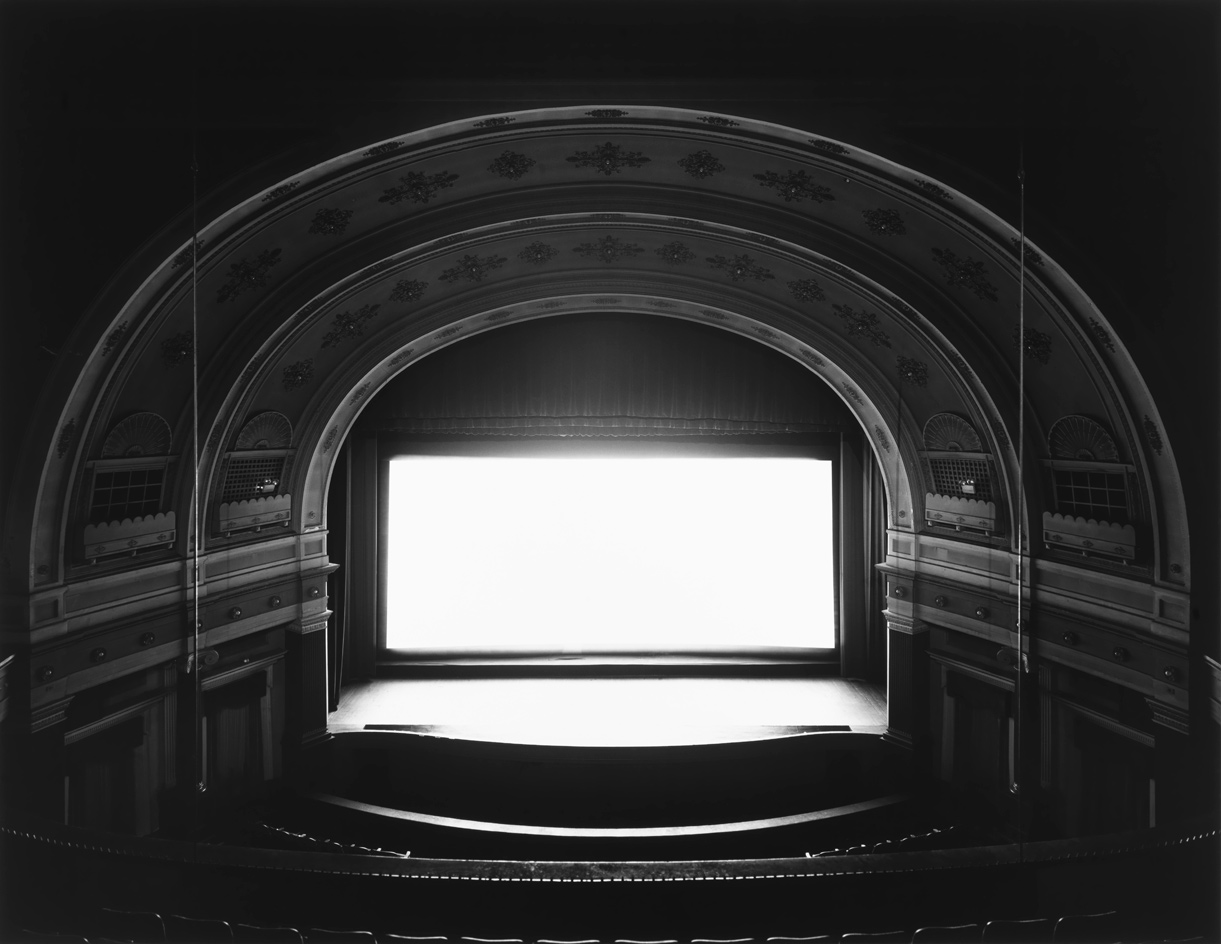
Goshen, Indiana, 1980
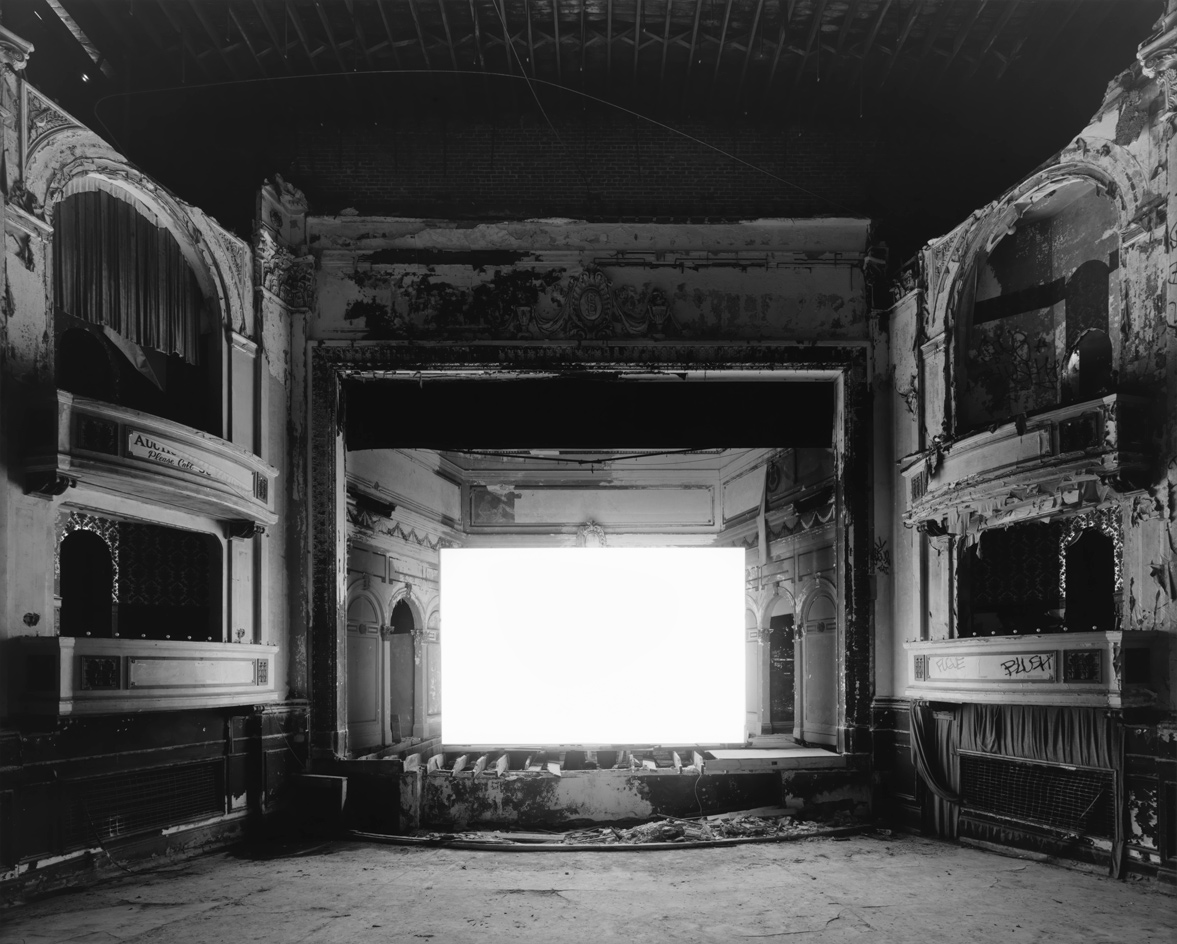
Everett Square Theater, Boston, 2015
INFORMATION
Theaters, by Hiroshi Sugimoto, $60, published by Damiani Editore/Matsumoto Editions. For more information, visit Hiroshi Sugimoto’s website
Wallpaper* Newsletter
Receive our daily digest of inspiration, escapism and design stories from around the world direct to your inbox.
-
 Nikos Koulis brings a cool wearability to high jewellery
Nikos Koulis brings a cool wearability to high jewelleryNikos Koulis experiments with unusual diamond cuts and modern materials in a new collection, ‘Wish’
By Hannah Silver
-
 A Xingfa cement factory’s reimagining breathes new life into an abandoned industrial site
A Xingfa cement factory’s reimagining breathes new life into an abandoned industrial siteWe tour the Xingfa cement factory in China, where a redesign by landscape specialist SWA Group completely transforms an old industrial site into a lush park
By Daven Wu
-
 Put these emerging artists on your radar
Put these emerging artists on your radarThis crop of six new talents is poised to shake up the art world. Get to know them now
By Tianna Williams
-
 ‘Dressed to Impress’ captures the vivid world of everyday fashion in the 1950s and 1960s
‘Dressed to Impress’ captures the vivid world of everyday fashion in the 1950s and 1960sA new photography book from The Anonymous Project showcases its subjects when they’re dressed for best, posing for events and celebrations unknown
By Jonathan Bell
-
 Daniel Arsham’s new monograph collates the works of the auto-obsessed American artist
Daniel Arsham’s new monograph collates the works of the auto-obsessed American artist‘Arsham Motorsport’ is two volumes of inspiration, process and work, charting artist Daniel Arsham’s oeuvre inspired by the icons and forms of the automotive industry
By Jonathan Bell
-
 Era-defining photographer David Bailey guides us through the 1980s in a new tome not short of shoulder pads and lycra
Era-defining photographer David Bailey guides us through the 1980s in a new tome not short of shoulder pads and lycraFrom Yves Saint Laurent to Princess Diana, London photographer David Bailey dives into his 1980s archive in a new book by Taschen
By Tianna Williams
-
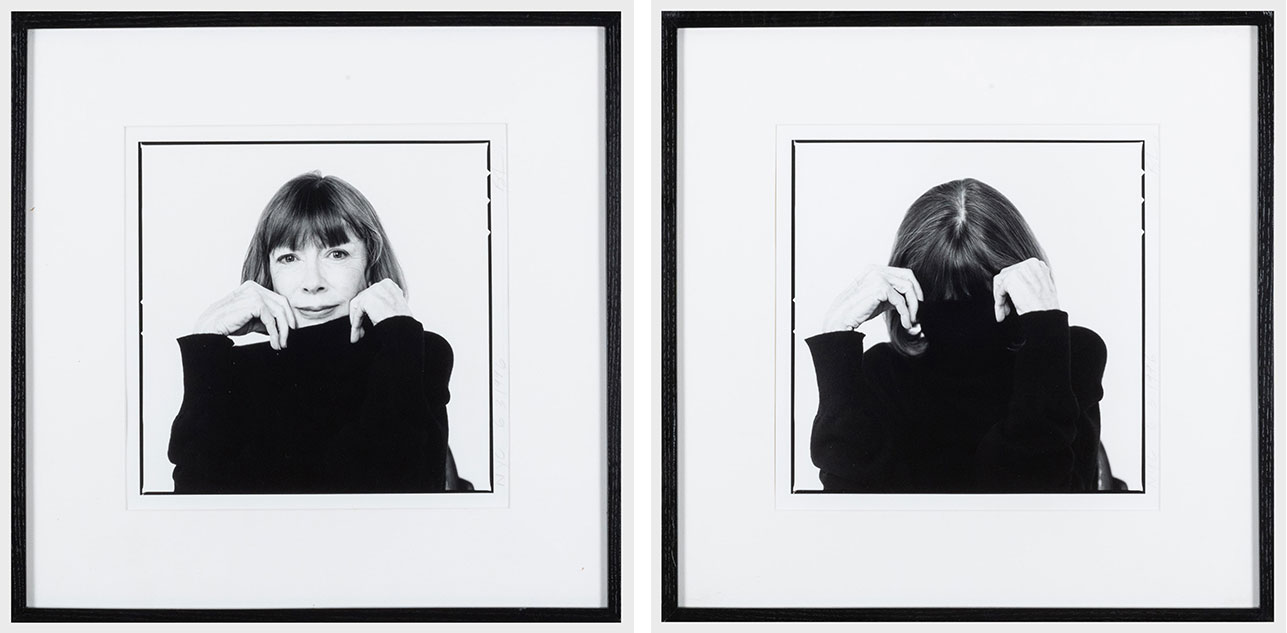 Inside Joan Didion’s unseen diary of personal relationships and post-therapy notes
Inside Joan Didion’s unseen diary of personal relationships and post-therapy notesA newly discovered diary by Joan Didion is soon to be published. Titled 'Notes to John', the journal documents her relationship with her daughter, husband, alcoholism, and depression
By Tianna Williams
-
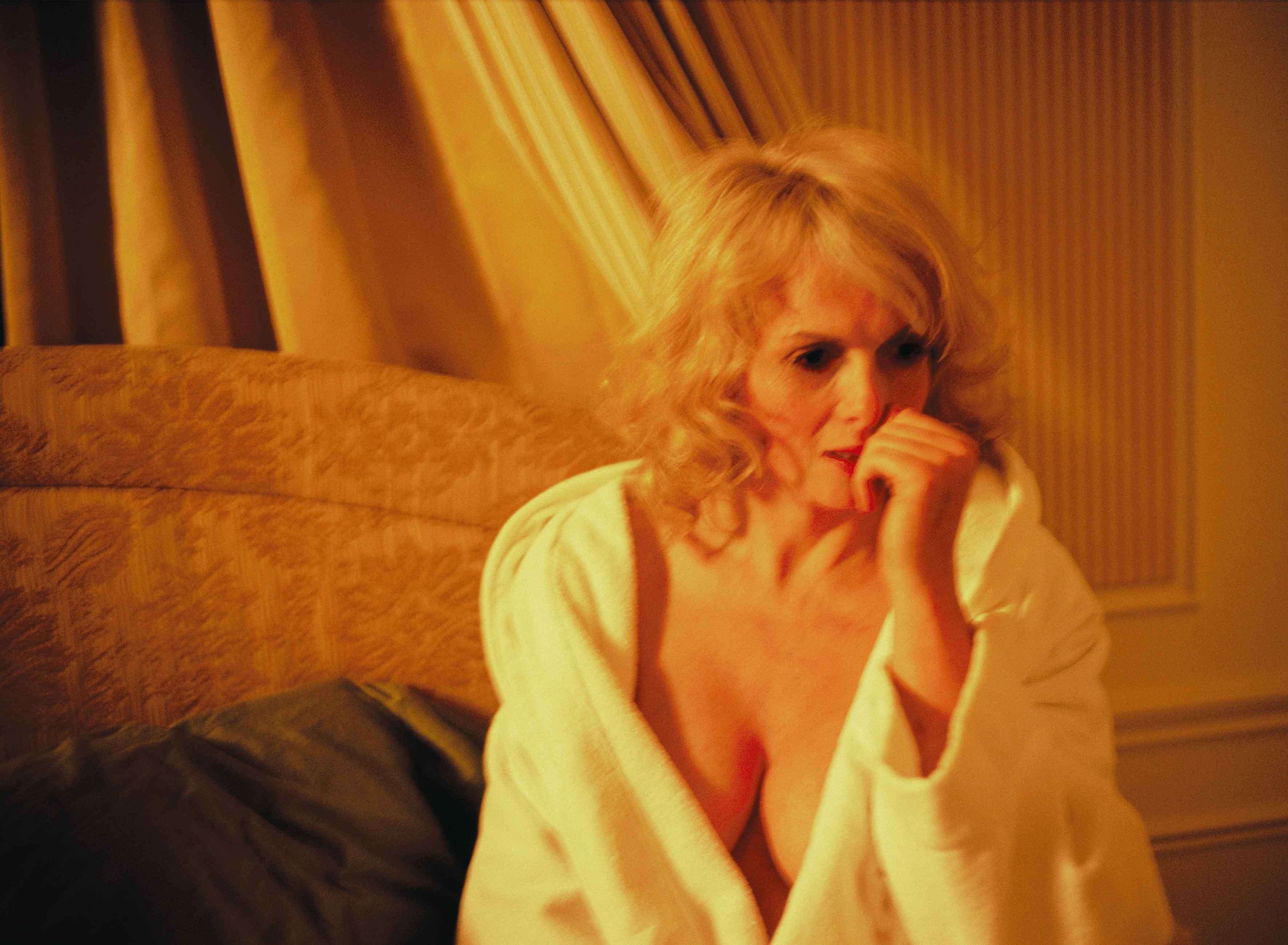 Carsten Höller’s new Book of Games: 336 playful pastimes for the bold and the bored
Carsten Höller’s new Book of Games: 336 playful pastimes for the bold and the boredArtist Carsten Höller invites readers to step out of their comfort zone with a series of subversive games
By Anne Soward
-
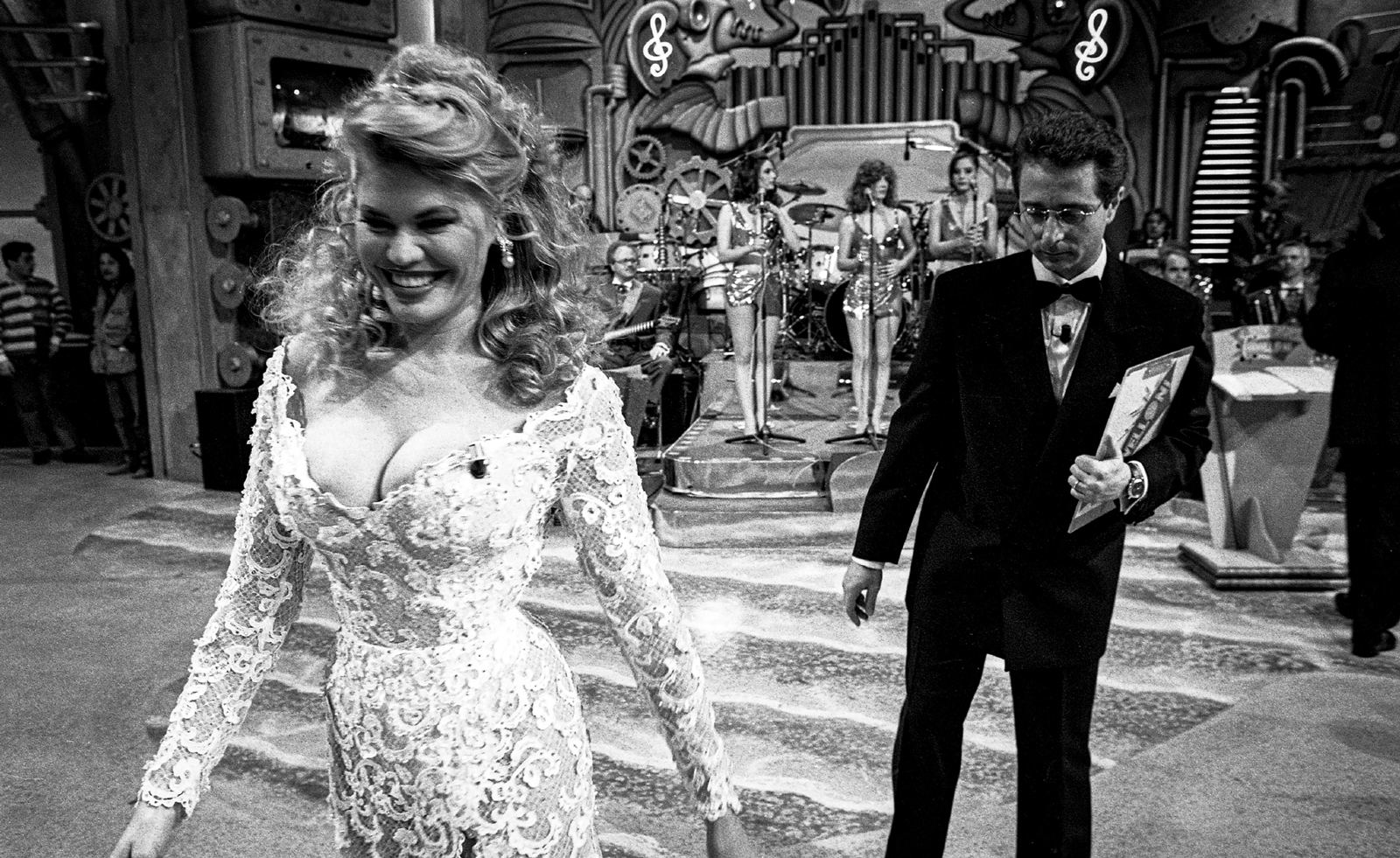 Distracting decadence: how Silvio Berlusconi’s legacy shaped Italian TV
Distracting decadence: how Silvio Berlusconi’s legacy shaped Italian TVStefano De Luigi's monograph Televisiva examines how Berlusconi’s empire reshaped Italian TV, and subsequently infiltrated the premiership
By Zoe Whitfield
-
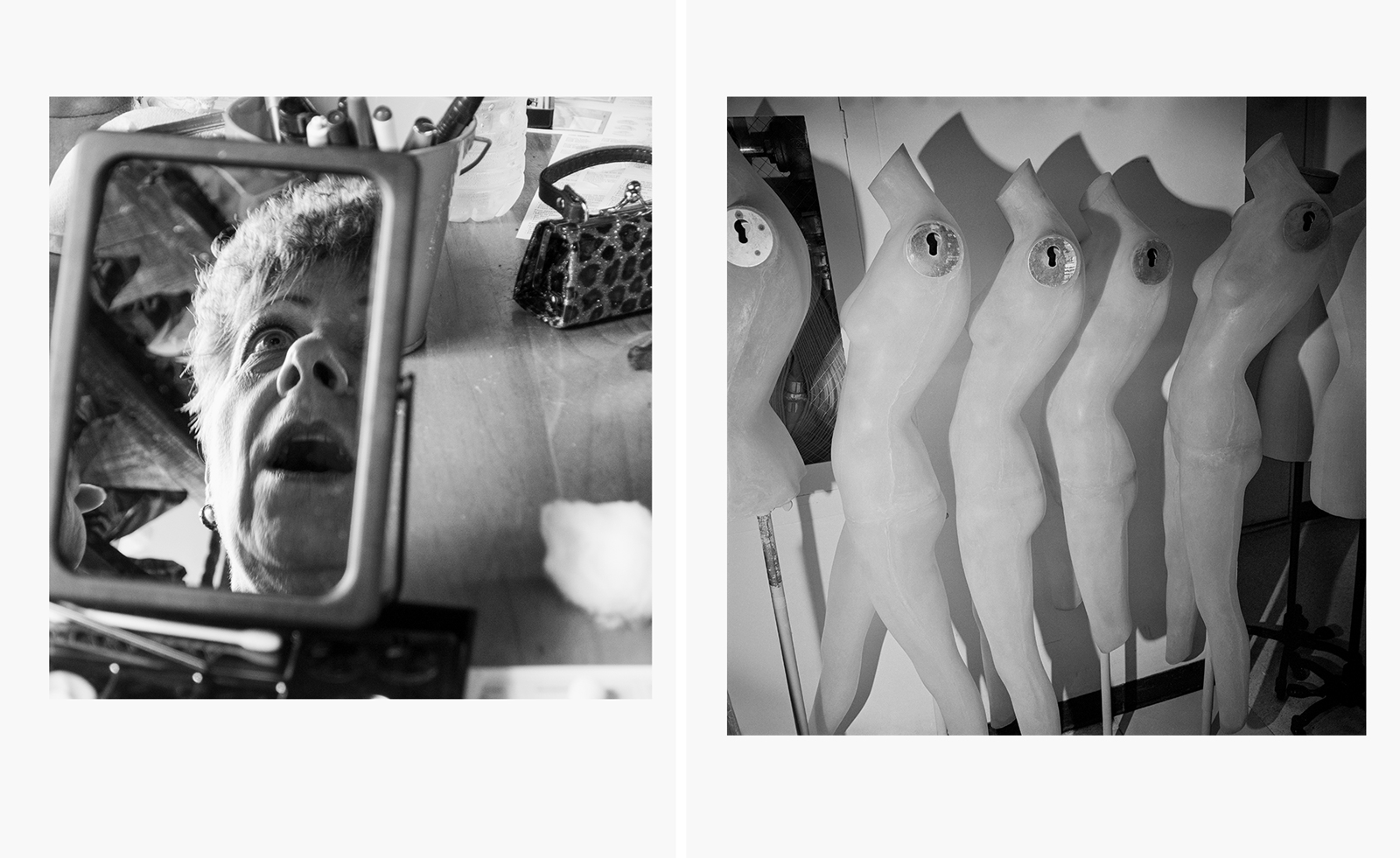 How a sprawling new book honours the legacy of cult photographer Larry Fink
How a sprawling new book honours the legacy of cult photographer Larry Fink‘Larry Fink: Hands On / A Passionate Life of Looking’ pays homage to an American master. ‘He had this ability to connect,’ says publisher Daniel Power
By Jordan Bassett
-
 New Jay-Z coffee-table book dives into the Brooklyn rapper's archives
New Jay-Z coffee-table book dives into the Brooklyn rapper's archives'Book of HOV: A Tribute to Jay-Z' is a hefty tome for a hefty talent
By Craig McLean